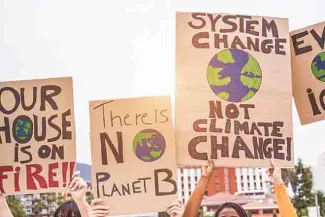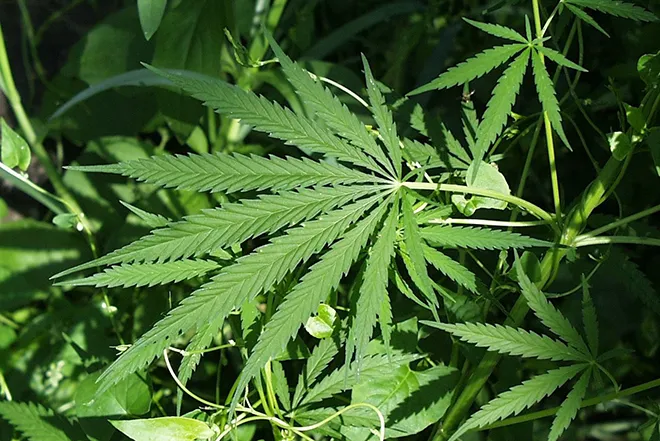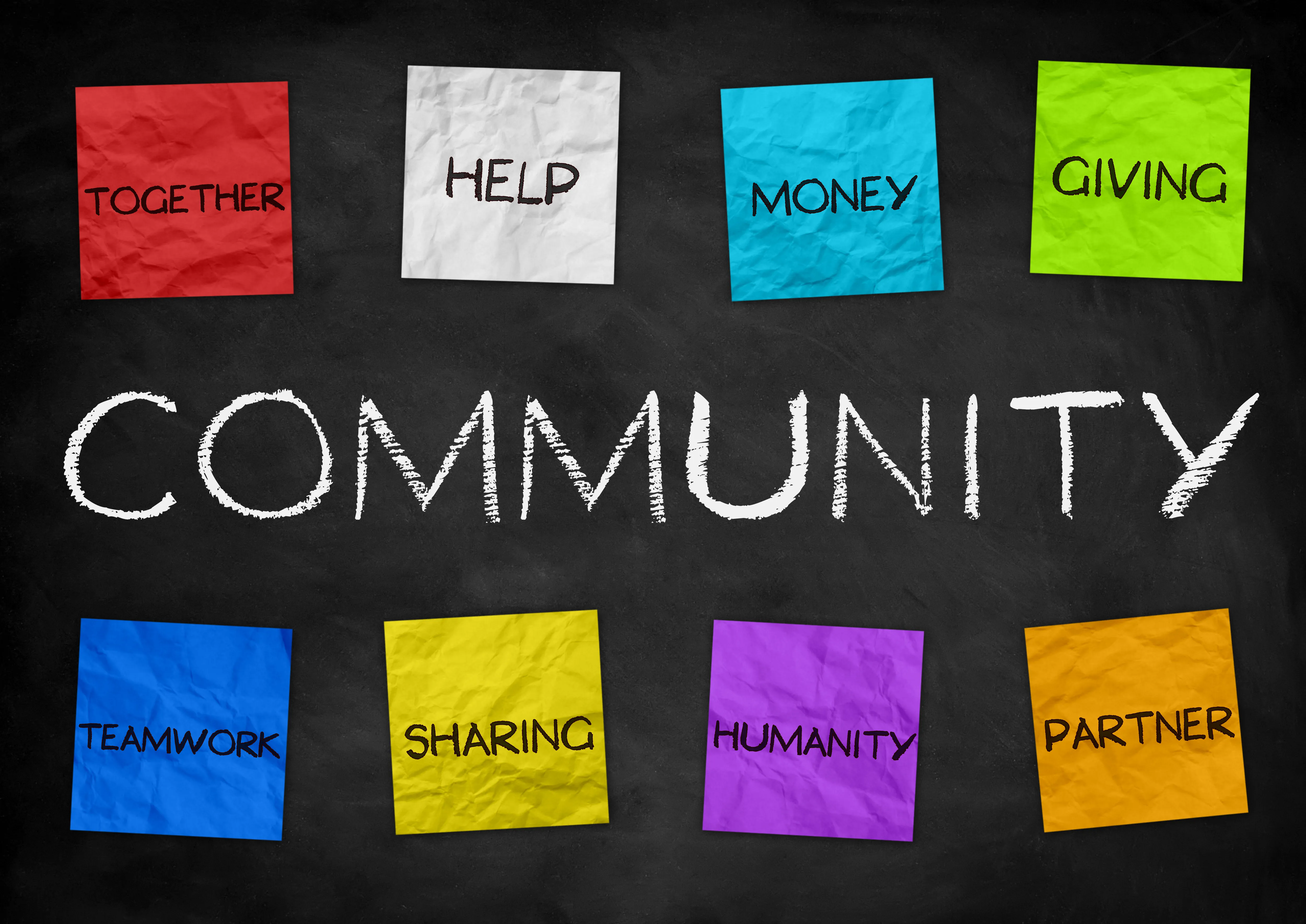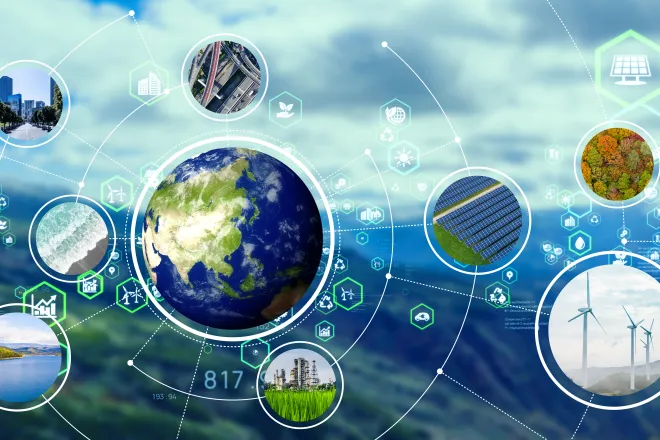
EarthTalk - What is ‘Philanthro-activism?’
© iStock
Dear EarthTalk:
What is “Philanthro-activism” and who leads this movement?
K. Smith, via email
Philanthro-activism, which combines philanthropy (donating money) and activism, could be an important part of solving the climate crisis. In 2020, less than two percent of philanthropic capital was allocated to climate and environmental causes. Given the urgency to achieve the United Nations' goal of limiting global temperature increases to 1.5°C above pre-industrial levels by 2050, and to mitigate the impact of abnormal climate patterns on communities and ecosystems, it is imperative we allocate increased funding to address climate challenges. This is where philanthro-activism comes into play. Philanthropy provides needed funding to make positive change, while activism implements plans within communities.
Pioneering the philanthro-activist movement is One Earth, a foundation built around three objectives: funding environmental projects that closely interact with underserved communities; maximizing the benefits of these projects; and researching ongoing problems. With this framework, One Earth addresses three primary issues: (1) making food and fiber agriculture more efficient and regenerative, (2) protecting and restoring half of the planet’s land and ocean, and (3) converting to 100% renewable energy.

© iStock - DisobeyArt
One Earth has a “Marketplace” where donors are matched with locally-based projects. This not only encourages financial backing for grassroots initiatives but also fosters a stronger sense of connection to environmental activism. These partnerships foster a collaborative atmosphere, correcting the perception that climate and ecological change are issues beyond individual control.
The current One Earth Marketplace is a network of over 140 vetted projects scattered all around the globe that target the three primary issues. Reforestation of over 5,000 hectares of land in Kenya and women-led restoration of the Colorado River Delta are examples of projects that contribute to the rehabilitation of terrestrial and aquatic ecosystems. One Earth has pushed for cleaner energy through projects such as the distribution of affordable solar-powered home electricity generators in the Philippines.
But many of the projects with the most direct influence focus on regenerative agriculture. Over 20 percent of people in the Pursat Province of Cambodia earn less than $2.70 daily. Women often resort to labor-intensive work or migrate to garment factory jobs to support their families. Rural communities face great environmental challenges like floods and heat waves, compounded by monocropping practices damaging the land. One Earth paired with the Face-to-Face Project and their Victory Garden Campaign, which engages women in cultivating gardens that provide nutritious food and sustainable livelihoods. Through organic permaculture and community involvement, the campaign empowers 2,200 families, fostering food security, improved nutrition and financial independence, particularly among women caretakers.
One Earth is the pinnacle of the fusion of philanthropy and activism to address pressing ecological challenges at the ground level and beyond. In the future, the expansion of similar philanthro-activist initiatives holds the potential of creating sustainable solutions to environmental and social problems.
CONTACTS
- One Earth, www.oneearth.org/why-philanthro-activism-is-key-to-solving-the-climate-crisis/
- Philanthro-Activism: A New Way To Help People And The Planet, www.forbes.com/sites/joanmichelson2/2022/06/13/philanthro-activism--a-new-way-to-help-people-and-the-planet/.
EarthTalk® is produced by Roddy Scheer & Doug Moss for the 501(c)3 nonprofit EarthTalk. See more athttps://emagazine.com. To donate, visit https://earthtalk.org. Send questions to: question@earthtalk.org.















